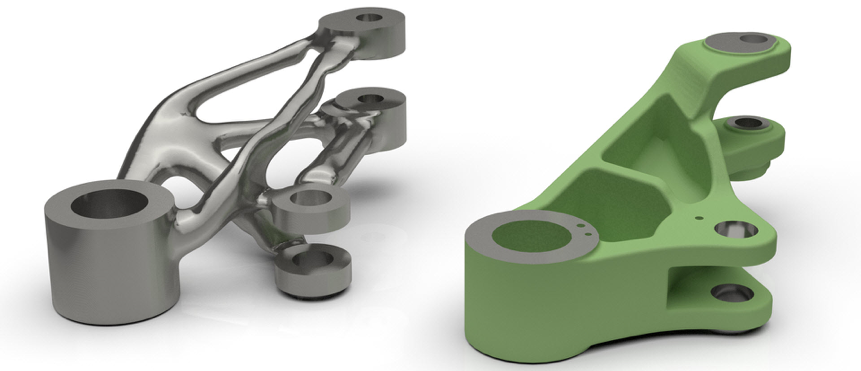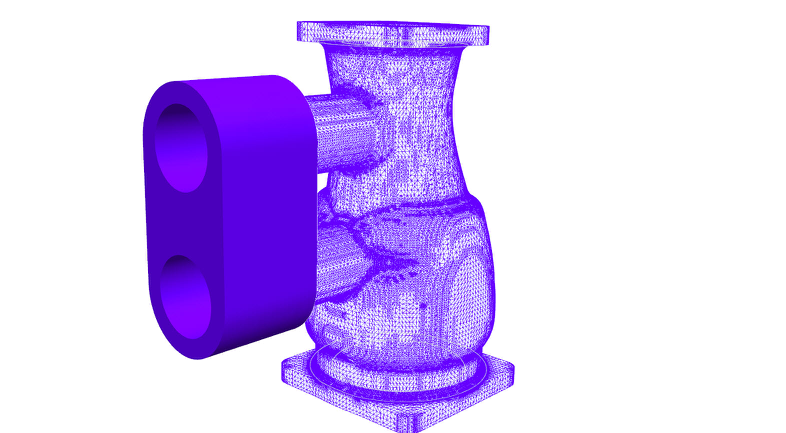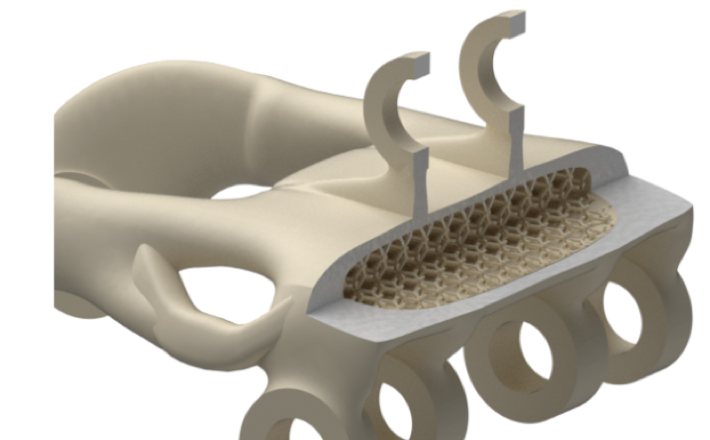Key takeaways:
- Siemens PLM Software expands topology optimization in its NX 12 release.
- Siemens topology optimization relies on the Parasolid geometric kernel’s ability to support planar mesh geometry seamlessly together with precise geometry to enable a generative design workflow.
Siemens PLM Software moves generative design technology forward by enhancing topology optimization within its most recent software release of their flagship CAD solution, NX 12. Traditional design methods rely on a “model then analyze” iterative cycle. The designer first creates a proposed geometric model of the product then follows with a post-mortem analysis to determine how well that product model meets design goals. Based on analysis results, the model geometry is then adjusted by the designer seeking to make improvements and the analysis rerun to confirm. The iteration continues until the designer is satisfied with the results.
Siemens PLM Software recognizes that generative design methods are driving change in many product industries. Generative design methods turn the model then analyze cycle on its head. In generative design, the designer first supplies the necessary design space (or bounding volume) and design goals (such as minimizing weight) together with values for non-geometric parameters such as material and cost constraints. Software algorithms then automatically cycle through numerous geometric model permutations seeking the optimum solution. By avoiding human intervention, many more design alternatives can be explored. CIMdata welcomes Siemens efforts in supporting generative design for their users and believes the approach will foster innovation in product development.
The best known of these generative design algorithms is topology optimization. It is a numerical method that seeks to optimize material layout within a given design space for a given set of loads and constraints. Topology optimization algorithms typically use finite element methods (FEM) to analyze the design performance and thus are tied to the use of mesh geometry elements. Therein lies a problem for conventional CAD solutions whose foundations are built on precise geometry and do not support planar mesh constructs.

Figure 1—A Topology Optimized Model Contrasted with a Traditional Model
(Courtesy of Siemens PLM Software)
Siemens delivers their topology optimization in NX 12 by leveraging the capabilities of the Parasolid geometric kernel that forms the foundation of NX. Parasolid now supports a mix of precise geometry (NURBS and analytic) and mesh/planar facetted models. Siemens calls the pairing Convergent Modeling™. Topology optimization algorithms produce mesh geometry and can run seamlessly within NX. CIMdata notes that the Siemens integration of mesh and precise geometry on equal footing within NX will smooth and encourage its adoption and use.

Figure 2—A Convergent Modeling Part
(Courtesy of Siemens PLM Software)
The models that result from topology optimization, however, can be very complex (as seen in Figure 1) and often impossible to manufacture with traditional machining methods. Yet, the mesh geometries produced by topology optimization algorithms are highly smoothed because they are made of an extremely dense mesh. They can be further refined using Convergent Modeling methods within NX, and can be input directly into additive manufacturing (aka 3D printing) procedures for their manufacture. CIMdata takes note that the full featured modeling environment within NX supports this design process from start to end. Users can capture requirements early on in conceptual design and provide them to the topology optimization algorithms. Once the optimized model results, NX’s Convergent Modeling allows the user to refine the model geometry using familiar feature construction and editing techniques for features such as holes, bosses, and blends.
In addition, NX supports “lightweighting” or the reduction of product mass through the use of lattices defined by facet geometry. Lattices are intricate geometrical structures used to reduce weight and material consumption and strengthen components. The user deploys selection tools to specify the area within which they wish to generate the lattice and then specify the lattice’s appearance and density. They may select from many different cell types and indicate the cell edge length and rod diameter, as well as the placement and orientation of the lattice. Lattices are produced by additive manufacturing processes and provide structural integrity to product designs while reducing the amount of material used in the finished product.

Figure 3—Model with Lattice Structure
(Courtesy of Siemens PLM Software)
CIMdata recognizes the effort Siemens has expended in the implementation of topology optimization and mesh geometry to provide their NX users with cutting edge technology to help them advance their product design efforts and improve their competitive positions in the market.




